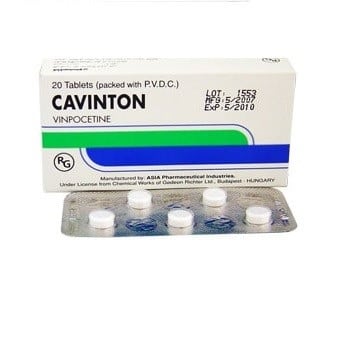ATLANTA– Researchers from Georgia State University and the University of Rochester may have found a non-antibiotic alternative to treating middle ear infections.
In a study published this month in the Journal of Immunology, the anti-stroke drug vinpocetine showed the ability to improve bacterial clearance, suppress mucus overproduction, and reduced levels of hearing loss in treated mice.
Middle ear infections (otitis media) are one of the most common reasons why children visit the pediatrician–over 24 million physician visits per year in the US alone. Billions of dollars are spent annually due to the direct and indirect costs involved with treating otitis media {{1}}[[1]] Gates GA (1996) Cost-effectiveness considerations in the otitis media treatment, Otolaryngol Head Neck Surg 114:525 [[1]]
The Most Common Cause of Childhood Hearing Loss
Conductive hearing loss due to otitis media is the most common cause of hearing loss in children. While otitis media is usually not very serious, in some cases it can become chronic, and effective treatment can be difficult to achieve.

Surgery to place ventilation tubes. Image courtesy Wikimedia Commons, Erica Mater
In persistent and recurrent cases of otitis media in childhood, the fluctuating mild to moderate levels of hearing loss have been found to result in speech and language delays. After repeated infections, doctors may recommend surgical placement of ventilation tubes into the eardrums to help improve fluid drainage and minimize the risk of future infections.
According to the American Academy of Otolaryngology, more than half a million ear tube surgeries are performed on children every year, which makes it the most common childhood surgery performed with anesthesia.
Encouraging Results
Antibiotics have been the primary method of treating otitis media for many years, since an effective non-antibiotic treatment has not yet been found. However, the increasing use of antibiotics on both humans and animals has led to the emergence of bacteria that are resistant to antibiotics. As concern grows that some of the antibiotics that are used today may become ineffective, doctors are likely to welcome the development of non-antibiotic treatments.
In the current study, a topical application of vinpocetine was used against the bacteria Streptococcus pneumoniae—the primary cause of inflammation and over-production of mucus seen in otitis media. The treated animals were found to have suppressed inflammation, reduced mucus production, and improved hearing.
Vinpocetine is a man-made synthetic chemical resembling the extract derived from the periwinkle plant Vinca minor. Marketed under the trade name Cavinton since 1978, It has been used around the world to treat cerebrovascular disorders. Although it is not currently approved in the United States for pharmaceutical use, vinpocetine can be purchased as a dietary supplement.
The researchers report that during the drug’s history:
“There have been no reports of significant side effects and toxicity related to vinpocetine treatment at therapeutic doses, and various clinical studies have demonstrated that vinpocetine is safe for long-term use.”
Researchers believe that the drug could be re-purposed from its current usage to create an effective topical treatment agent for otitis media, which could be applied directly to the affected area. They are hopeful that the findings will lead to the development of the first effective non-antibiotic drug treatment for millions of people that suffer from middle ear infections each year.
Source: Georgia State University
Images courtesy wikipedia, Georgia State University








